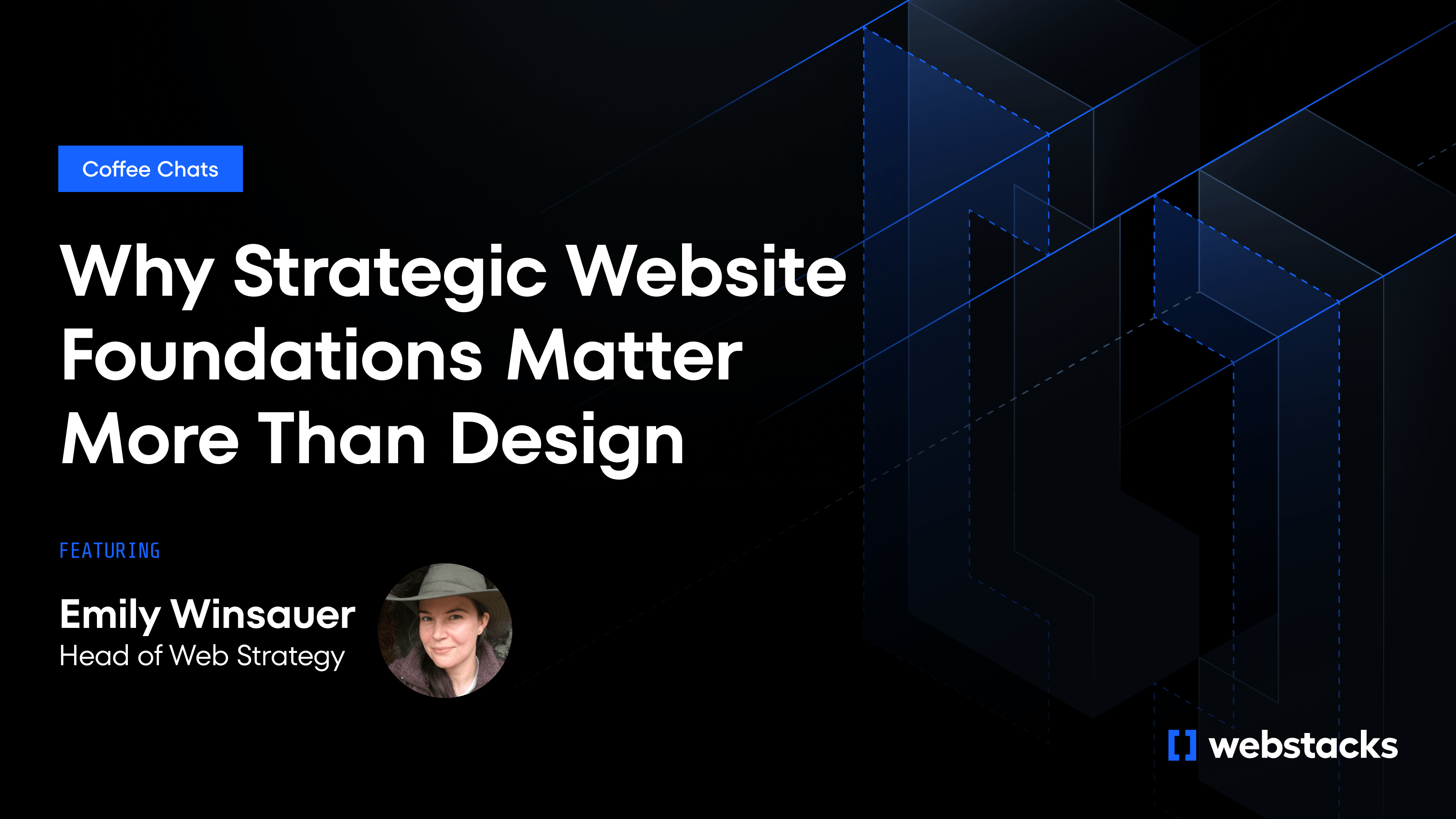Many Web3 teams launch without a formal marketing budget. In the early days, that can work, especially when a small team is handling social, content, and site updates. But as the product gains traction and the community grows, it becomes harder to operate without clear direction or defined resources.
At some point, common questions start to surface:
“What’s actually driving results?”
“Who owns which parts of marketing?”
“Why does it take so long to launch campaigns?”
That’s usually the signal that it’s time to move from ad hoc decisions to a more structured approach. A Web3 marketing budget is a tool for scaling efficiently across content, community, paid growth, and developer outreach.
It gives teams the ability to prioritize and make informed tradeoffs. It also helps demonstrate to internal stakeholders and investors that marketing is a growth engine.
This guide walks through how to build a Web3 marketing budget that supports your current goals and scales with your team over time.

1. Start With Your Go-to-Market Model
Before you think about ad spend or content output, take a step back. What kind of company are you building, and who are you trying to reach?
- If you're building for developers, your biggest expenses probably aren’t ads. They’re things like docs, demo environments, or tutorials that help people build with your product.
- If you’re targeting consumers, you’ll likely invest more in content, social, and community.
- If you’re ecosystem-led, you might need partner enablement materials, cross-promotion, or onboarding for collaborators.
The point is, your marketing budget has to reflect how your product gets adopted.
Too many teams try to cover every channel “just in case.” That spreads your budget thin and makes it harder to figure out what’s working.
Webstacks partners with Web3 companies, and we’ve seen this pattern over and over. When companies align their spend with how users discover and adopt their product, results improve across the board. That alignment also helps when you need to justify spending to investors or internal stakeholders.
So, before you do anything else, get clear on your GTM. Every budget decision you make after that will be easier.
2. Identify Your Core Marketing Investments
Once your GTM model is clear, the next step is mapping out where your money’s going. Your team can’t prioritize everything, but you do need a clear view of the functions that will have the biggest impact.
Most Web3 teams split their marketing into five areas:
- Content and SEO: Blog posts, docs, landing pages, and use case explainers. These help people understand what you do and appear in search results when they’re looking.
- Community and events: Twitter/X campaigns, Discord mods, IRL activations, and sponsor spots at hackathons or summits.
- Developer education: Tutorials, SDK walkthroughs, getting started guides, and onboarding tools. Especially important for protocols and dev tools.
- Paid media and influencer campaigns: Retargeting, promoted threads, ambassador programs, and Twitter KOLs. These get expensive fast, so track results early.
- Website infrastructure and tooling: Hosting, CMS, analytics, and integrations. If your site’s hard to update, your whole marketing engine slows down.
Some teams need deep technical content and performance tracking. Others care more about speed, community, and modular site updates. What matters is defining your mix up front, so you’re not just reacting when someone asks for budget later.
3. Budget by Growth Stage
Your marketing budget should grow with your company. What you spend before launch should look different from what you spend once you're scaling. Planning for each stage helps you focus and avoid wasting time or money.
Pre-Launch
This is where you set the foundation. Most teams focus on getting the brand and messaging right, building a landing page, and collecting early interest. Maybe you run some lightweight awareness campaigns or open up a waitlist. The goal here is clarity. You want your story tight, your page live, and something for people to share.
Launch
Now you’re trying to get traction. This is usually where spend increases. You’ll likely invest in PR, paid campaigns, content pushes, and community activations. If you’re dev-focused, you’ll also need onboarding flows, tutorials, or explainer content to help users get started fast.
Scale
Once your product gains traction, your needs change. Site performance, CMS flexibility, and technical SEO start to matter more. You’ll likely budget for a site rebuild, new content workflows, better analytics, and targeted paid media. This is also the stage when many teams formalize developer education or community programming.
For example, Trust Machines came to Webstacks as a new company with long-term growth plans. Instead of launching with a lightweight site that would need rebuilding six months later, they invested early in scalable structure. We built a site that could handle future content growth, accommodate new product messaging, and give the team control over updates without constant dev involvement.
Investing early in a scalable structure, through a custom redesign or site migration, can save teams time and budget as they scale.

4. Factor in Execution Costs
It’s easy to plan a budget around channels, such as paid ads, events, or content production. However, a big chunk of your spend will go toward who’s doing the work, and how that work gets done.
Some teams hire in-house right away. Others rely on freelancers or agencies. There’s no single right answer, but if you don’t have writers, designers, or devs on your team, you need to plan for that. Otherwise, campaigns stall because no one has time to ship them.
Execution costs also include your stack. Even if your CMS or analytics tools are “free” to start, they won’t stay that way. You’ll need to budget for:
- CMS costs (like Contentful or Sanity)
- Hosting (such as Vercel or Netlify)
- Analytics and attribution tools
- Developer time for site upkeep or content updates
Developer involvement is where many early teams hit friction. You’ve got a campaign ready to go, but you’re waiting on a dev to update the homepage. Or someone wants to publish a case study, but it takes two weeks to get it live.
Webstacks helps teams avoid this by building systems that let marketers move without waiting on developers. That way, your budget both funds ideas and helps your team execute faster.
5. Set Aside Budget for Testing and Analytics
In Web3, where channels shift fast and user behavior can be unpredictable, guessing can get expensive. Measure performance to avoid guesswork and unnecessary cost later on.
You don’t need enterprise tooling to start. Set aside part of your budget for basic analytics, attribution tracking, and performance monitoring. You might use GA4, Mixpanel, or PostHog. Also, budget some time and money to set them up.
You should also plan for small experiments, such as:
- A short paid push on X (Twitter)
- A campaign with a niche KOL (key opinion leader)
- An A/B test for a new landing page
The goal is to get a signal. Even small tests can tell you what to scale or where to shift.
Include testing in your monthly or quarterly planning to stay proactive and get hard data to justify future spend.
6. Common Mistakes to Avoid
Even with a budget in place, teams often run into the same issues as they grow. Most of these mistakes don’t appear immediately. They sneak in and slow you down later instead.
- Spending too much on paid too early: Paid campaigns can feel like a shortcut to growth. But if your onboarding isn’t ready or your site doesn’t convert, that spend won’t go far. Paid should amplify what’s working, not replace product traction.
- Ignoring technical performance: If your site is slow or hard to update, it drags down everything else. This matters even more if you’re building for developers. If your pages don’t load quickly or can’t support frequent updates, campaigns won’t perform as expected.
- Underbudgeting for content: Content often gets underestimated. Teams assume someone can just write blog posts on the side. But if your product is complex or technical, you’ll likely need dedicated support, whether that’s in-house, freelance, or agency help.
- Leaving the website out of the plan: Campaigns drive people somewhere. If your site is outdated or stuck on a platform that requires developer support for every change, it slows your team down.
Smart budgeting is about spending in the right places at the right time. If you avoid these traps, your team can work faster and more independently.
Your Budget Should Work as Hard as Your Team
A clear Web3 marketing budget gives you clarity. It shows your team where to focus, helps you move faster and make better decisions.
A good budget also connects your GTM model to real action, supports experimentation, and helps you scale without reinventing your entire site every few months.
If you’re at the point where your tools or team can’t keep up, it might be time to change your structure. And the structure starts with a budget.




